
During the Civil War, late at night, a stranger came to the home of the famous preacher, Henry Ward Beecher. Mrs. Beecher heard the knock and went to see who was there. Opening the door slightly she found a tall stranger covered in wraps up to his eyes trying to protect himself against the cold weather. He asked to see Pastor Beecher but refused to give his name.
Pastor Beecher’s life had been threatened many times during those days, so Mrs. Beecher closed the door and returned to their upstairs room. The stranger was left standing outside in the cold.
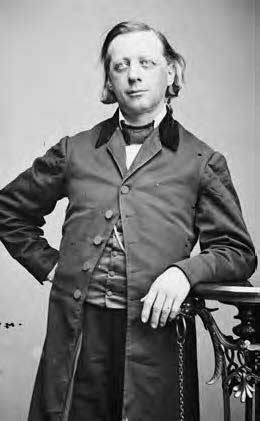
When Beecher learned that someone was at his door, standing alone outside, he quickly went downstairs and welcomed the stranger into his home. Sometime later Beecher returned to his wife upstairs. She learned that the man who came to their home to see her husband but who wouldn’t give his name was none other than the President of the United States, Abraham Lincoln. He was facing a crisis and had come to Pastor Beecher for prayer.
At this time of celebrating our country’s national freedom on the Fourth of July, this story has some great points. Wouldn’t it be wonderful if our leaders, not only from the White House, but from Congress and the Supreme Court of the United States would realize the crisis we are in and seek counsel and prayer from Godly men and women throughout the nation? We are living in critical times in America and throughout the world and our real help must come for the One mentioned in our Pledge of Allegiance. We are “one nation under God.” We have too long forgotten this. Prayer is not a sign of weakness but of wisdom and recognition that things have gotten beyond our control.
The promise of II Chronicles 7:14 still relates to us today: “If my people, who are called by my name will humble themselves, and pray and seek my face, and turn from their wicked ways, then I will hear from Heaven, and forgive their sin and heal their land.”
Today’s times may be cold and harsh, like the winter night at Beecher’s home. But this must not keep us from seeking help beyond ourselves.
Do you know who may be knocking at the door? The stranger may at first be unrecognizable, even unknown. The circumstances may seem accidental but they are really Divinely planned. Are we the kind of persons who will draw others to seek us out when they need help? We must prepare ourselves for this unbelievable opportunity! Listen to words from Matthew 25, “For I was hungry, and you gave Me food; I was thirsty and you gave Me drink; I was a stranger and you took Me in; I was naked and you clothed Me; I was sick and you visited Me; I was in prison and you came to Me. Then the righteous will answer Him, saying, Lord, when did we see You hungry and feed You, or thirsty and give You drink? When did we see You a stranger and take You in, or naked and clothe You? Or when did we see You sick, or in prison, and come to you? And the King will answer and say to them, Assuredly, I say to you, inasmuch as you did it to one of the least of these my brethren, you did it to Me.”
May many around us overwhelmed by the growing crisis know they can knock on our door and find a special welcome, a listening ear, and prayer that specifically seeks God’s answer and direction. And may we know there are others around us that we can go to in critical moments and find uplift and help no matter the cost.
Till next time,
Don Johnson, KP Chaplain

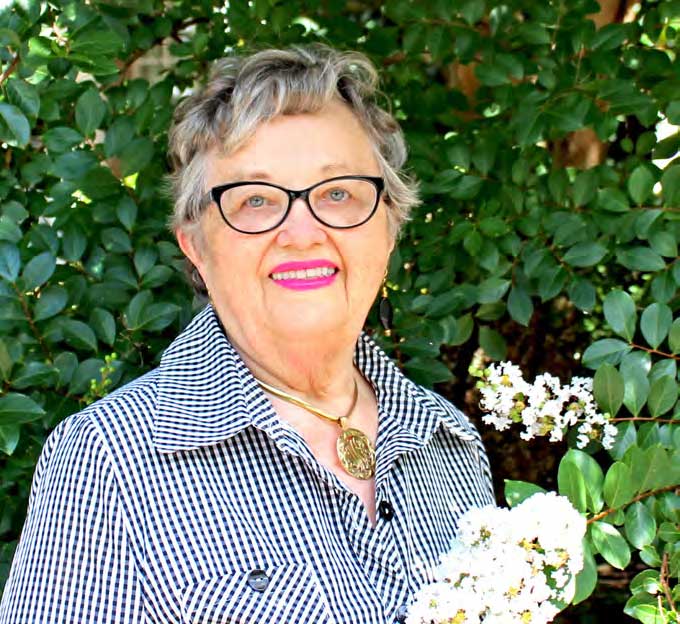
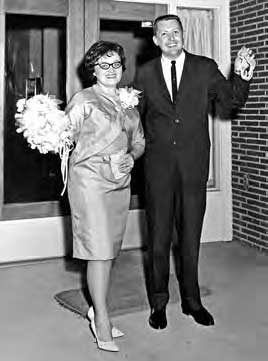

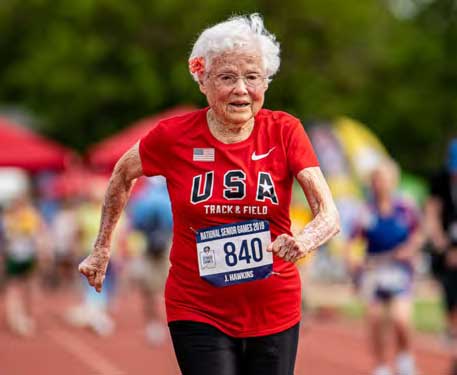
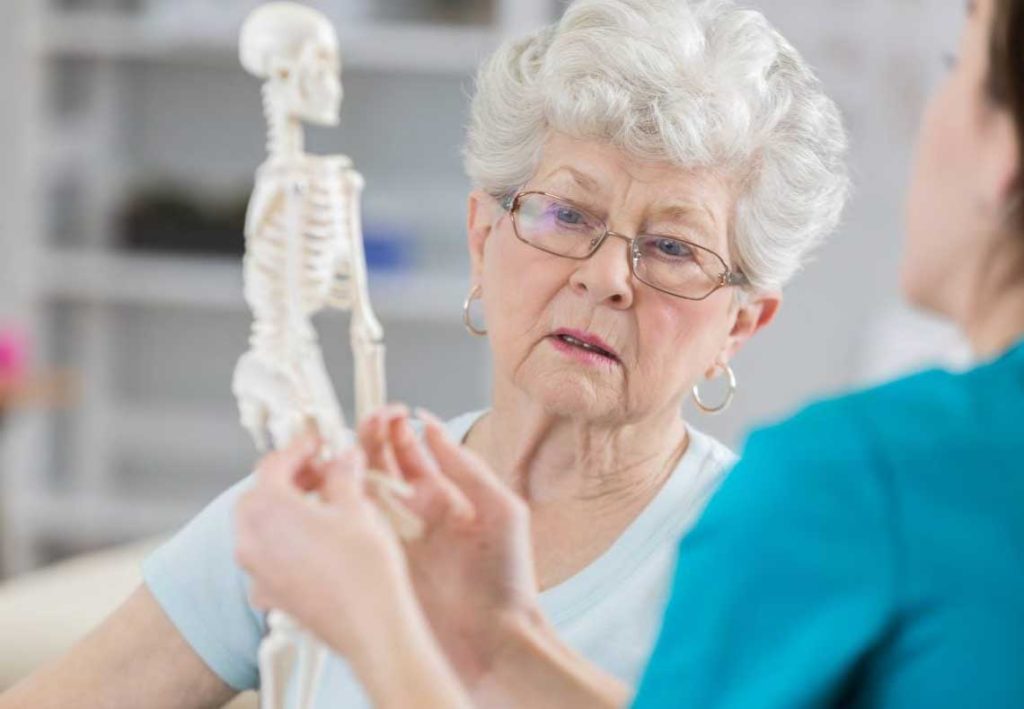 Risk factors of osteoporosis include gender, race and age. Being female, of Caucasian or Asian descent and older in age all increase the risk of osteoporosis. Family history of osteoporosis and/or personal history of broken bones also play a role. Those that have lower levels of hormones such as estrogen or testosterone or low vitamin D and calcium intake are also at risk. Long-term use of tobacco, alcohol and some medications can also place individuals at a greater risk for osteoporosis.
Risk factors of osteoporosis include gender, race and age. Being female, of Caucasian or Asian descent and older in age all increase the risk of osteoporosis. Family history of osteoporosis and/or personal history of broken bones also play a role. Those that have lower levels of hormones such as estrogen or testosterone or low vitamin D and calcium intake are also at risk. Long-term use of tobacco, alcohol and some medications can also place individuals at a greater risk for osteoporosis.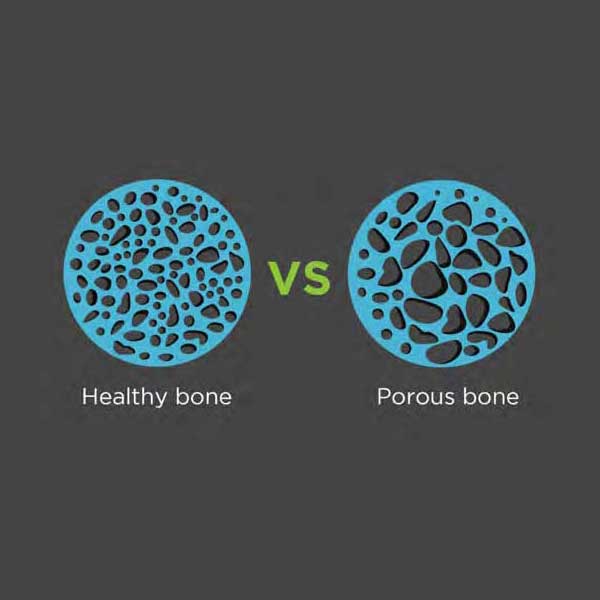

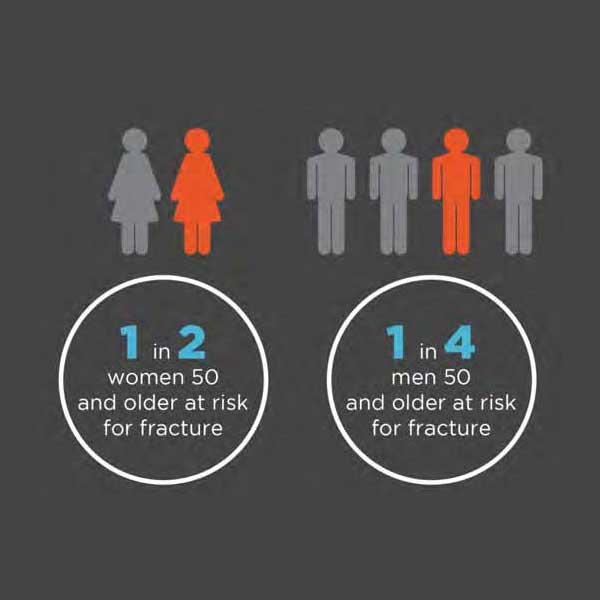
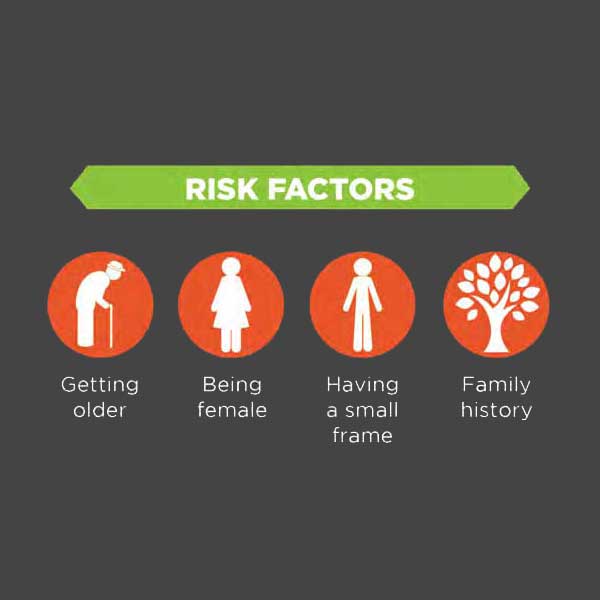
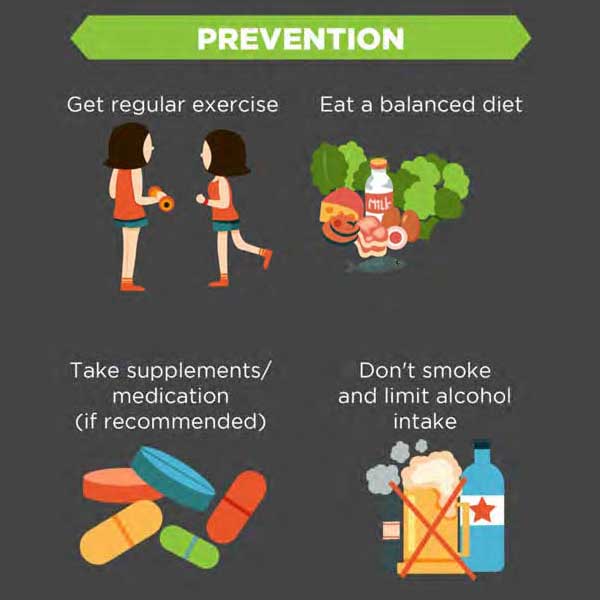


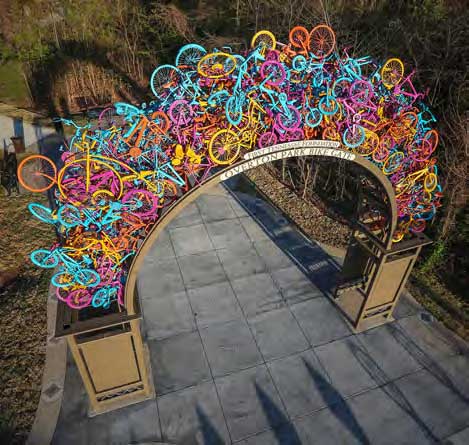

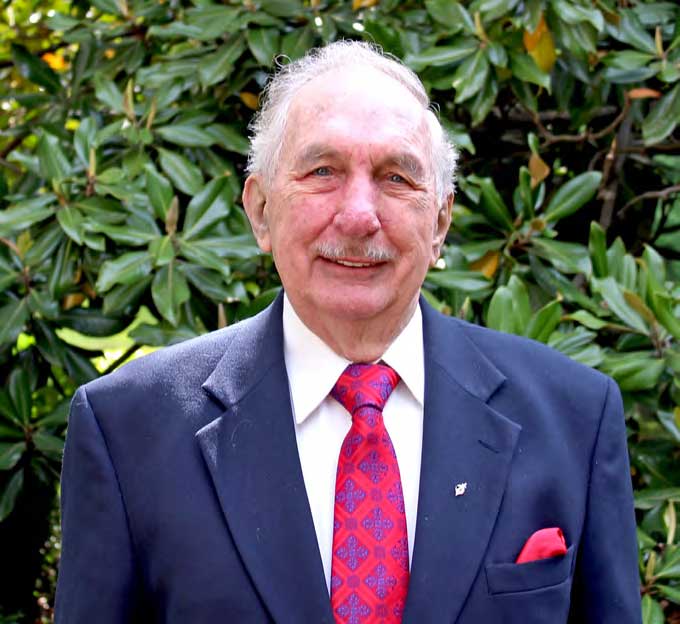
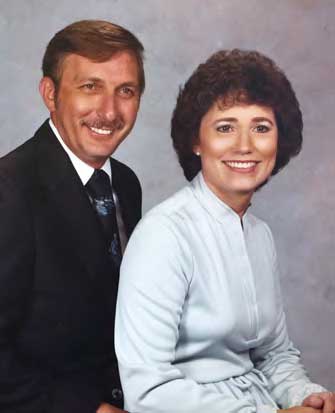
 One out of three older adults (those aged 65 or older) falls each year, but less than half talk to their healthcare providers about it. If you have a fall or incident, you want to report it to your healthcare provider because it may be an indication of larger problems or issues. Many people who fall, even if they are not injured, develop a fear of falling. This fear may cause them to limit their activities, which leads to reduced mobility and loss of physical fitness, and in turn, increases their actual risk of falling.
One out of three older adults (those aged 65 or older) falls each year, but less than half talk to their healthcare providers about it. If you have a fall or incident, you want to report it to your healthcare provider because it may be an indication of larger problems or issues. Many people who fall, even if they are not injured, develop a fear of falling. This fear may cause them to limit their activities, which leads to reduced mobility and loss of physical fitness, and in turn, increases their actual risk of falling.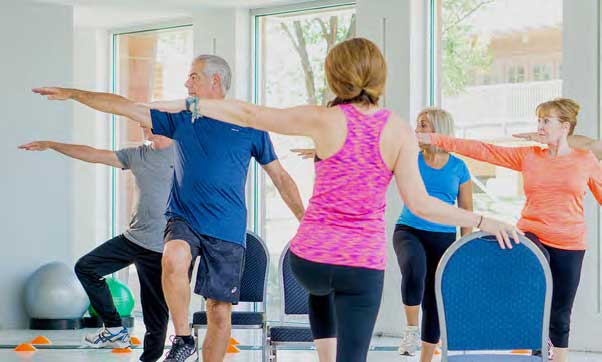 There are many ways to prevent falls from happening. Exercise regularly, it is important that the exercises focus on increasing leg strength and improving balance, and that they get more challenging over time. You want to ask your doctor/pharmacist to review your medications. They can identify what medicines may cause side effects such as dizziness or drowsiness. Making your home safer can reduce and tripping hazards. Be sure to add grab bars wherever needed, improve the lighting in your home, repair or remove lose carpets, and you want to be sure to rearrange any furniture and electrical cords that may be in walking paths. Lastly, you want to always take care of yourself and live a healthy lifestyle. You want to have regular vision and hearing checkups, get adequate amounts of vitamin D and calcium, exercise regularly and eat a healthy, well-balanced diet. Preventing falls can help you live a more independent life. If you can prevent a fall you are less likely to have an injury that can prevent you from carrying on your daily activities, such as bathing, cooking, shopping, or just going for a walk.
There are many ways to prevent falls from happening. Exercise regularly, it is important that the exercises focus on increasing leg strength and improving balance, and that they get more challenging over time. You want to ask your doctor/pharmacist to review your medications. They can identify what medicines may cause side effects such as dizziness or drowsiness. Making your home safer can reduce and tripping hazards. Be sure to add grab bars wherever needed, improve the lighting in your home, repair or remove lose carpets, and you want to be sure to rearrange any furniture and electrical cords that may be in walking paths. Lastly, you want to always take care of yourself and live a healthy lifestyle. You want to have regular vision and hearing checkups, get adequate amounts of vitamin D and calcium, exercise regularly and eat a healthy, well-balanced diet. Preventing falls can help you live a more independent life. If you can prevent a fall you are less likely to have an injury that can prevent you from carrying on your daily activities, such as bathing, cooking, shopping, or just going for a walk. Lift up a glass of ice cold lemonade and drink to a healthier summer. Hydration for seniors is so important, especially as the temperature rises.
Lift up a glass of ice cold lemonade and drink to a healthier summer. Hydration for seniors is so important, especially as the temperature rises.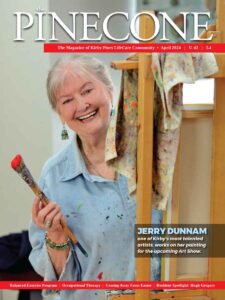

 © 2024 Kirby Pines LifeCare Community. All Rights Reserved |
© 2024 Kirby Pines LifeCare Community. All Rights Reserved | 